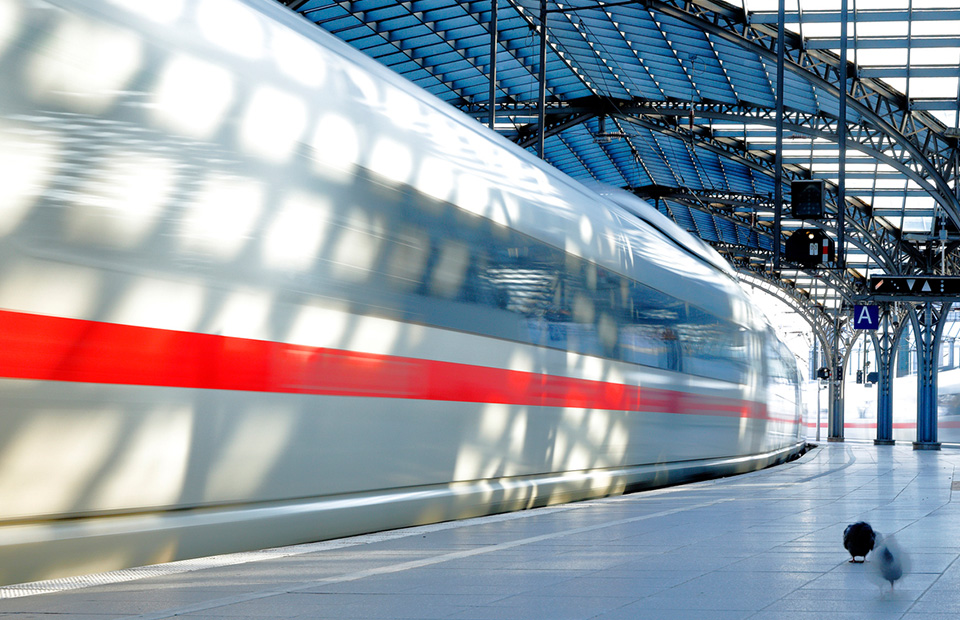Railway-certified products make the use of Wi-Fi on trains as well as the sharing and storage of infotainment content and operating data possible via train-land-connections. This is also true for retrofitting program upgrades through the implementation of wireless backbone networks across railway cars
Technical systems in public and private regional and long-distance transportation demand high levels of mechanical and electrical robustness to ensure that they will work sustainably and securely in rough environments. Our products have a proven record of achieving this exacting standard in numerous applications every single day.
In Germany alone, around 200,000 train travelers use Westermo Eltec Wi-Fi access points for their data exchanges with the Internet day after day. However, these services are also available in other countries, e.g. in Austria's ÖBB Railjets.
The electronic components we use have extended temperature ranges. Hence, they are able to lastingly tolerate the extreme temperature fluctuations. Moreover, the components boast outstanding stress tolerance when exposed to shock, vibration and moisture.
Our products are in compliance with the specifications set forth in the respective industrial standards. In fact, they were developed in accordance with the latest railway standards, such as the EN 50155 standard, and accredited test laboratories have certified them accordingly.
Wi-Fi access points provide a cost-effective alternative for the set-up of a wireless broadband backbone between railway cars for retrofit programs – for instance in cases where interlinks are not available. Our in-house developed "Inter Carriage Connection Protocol" (ICCP) supports the automatic generation of connections even if the railway car configurations change. ICCP is an integral component of the Westermo Eltec Access Point firmware.

Access points form the core of Wi-Fi hotspots for Passenger Wi-Fi on the train as well as the connection to the Train Staff Communication network.

Trains can synchronize entertainment, passenger or video data in the area of train stations and bus stops.

Train-to-ground communication eeables the real-time exchange of large amounts of vehicle and operating data. The basis, for example, for predictive maintenance.
Get in touch with our sales team!
E-Mail